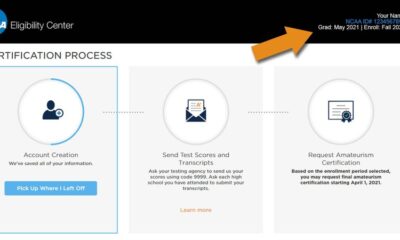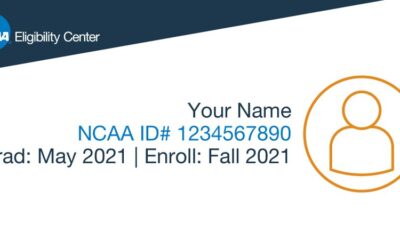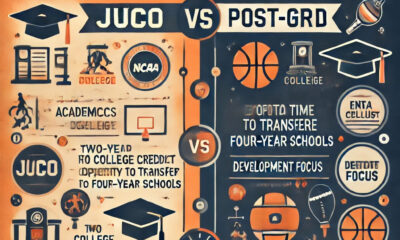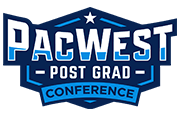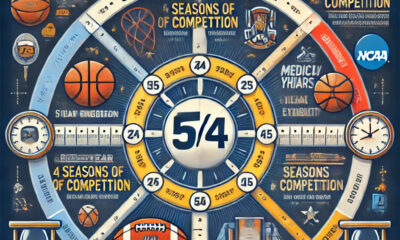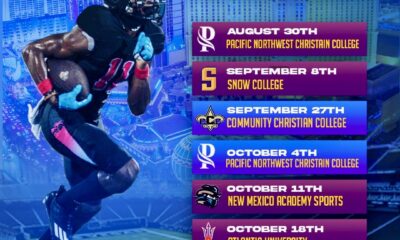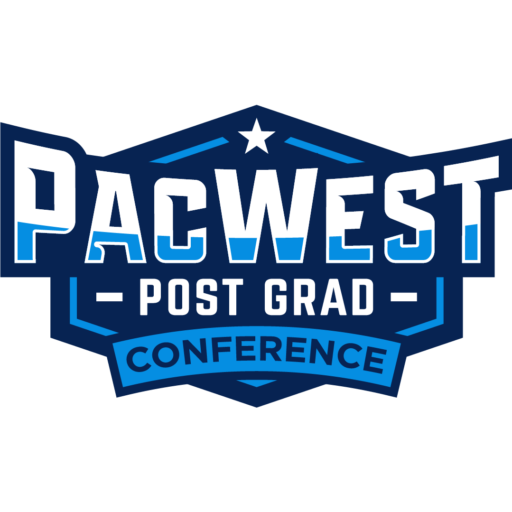The NCAA Clearinghouse (now called the NCAA Eligibility Center) and the NAIA Eligibility Center serve similar purposes but cater to different collegiate athletic organizations. Both evaluate prospective student-athletes to ensure they meet academic and amateurism standards, but there are differences in scope, purpose, and processes.
NCAA Eligibility Center (formerly Clearinghouse)
Purpose:
– To determine the academic and amateurism eligibility of high school athletes who want to participate in NCAA sports at the Division I or Division II levels.
– Ensures that athletes meet the NCAA’s standards for initial eligibility, which include academic benchmarks (GPA, SAT/ACT scores) and maintaining amateur status.
Key Features:
- Academic Requirements:
– Minimum GPA in a core set of high school courses.
– Minimum SAT/ACT score based on a sliding scale tied to the GPA.
– Completion of a specific number of core courses (e.g., math, English, science).
- Amateurism Certification:
– Ensures athletes have not accepted pay or signed contracts with professional teams or agents.
- Scope:
– Required only for Division I and Division II athletes. Division III institutions set their own eligibility standards, so these athletes don’t need to register with the NCAA Eligibility Center.
- Who It’s For:
– Athletes aiming for NCAA colleges/universities.
Process:
– High school athletes must register online, submit transcripts, test scores, and pay a fee (fee waivers are available for those who qualify).
________________________________________________________________________________________________________________
NAIA Eligibility Center
Purpose:
– To determine eligibility for student-athletes competing at NAIA colleges and universities.
– Similar to the NCAA, it focuses on academic readiness and amateur status but often provides a simpler process.
Key Features:
- Academic Requirements:
– At least two of the following:
– Minimum 2.0 GPA (on a 4.0 scale).
– Minimum SAT score of 970 (combined math and reading) or ACT composite score of 18.
– Graduate in the top 50% of their high school class.
- Amateurism Certification:
– Verifies that the athlete has not violated the NAIA’s amateurism rules, such as receiving payment to play or competing at a professional level.
- Scope:
– Specifically for athletes intending to compete at NAIA-affiliated schools.
- Who It’s For:
– Athletes targeting NAIA colleges, which often focus on smaller, private institutions.
Process:
– Similar to the NCAA, athletes register online, submit required documents, and pay a fee. The process is generally less rigid compared to the NCAA.
Key Differences
| Aspect |
NCAA Eligibility Center |
NAIA Eligibility Center |
| Governing Body |
NCAA (Divisions I & II) |
NAIA |
| Academic Standards |
Core courses, GPA/test score scale |
Simple criteria (GPA, test score, class rank) |
| Amateurism Rules |
Strict, detailed |
Similar but slightly less restrictive |
| Complexity of Process |
More rigorous |
Simpler and faster |
| Institutions Served |
Primarily larger universities |
Smaller, private colleges |
Why They Are Necessary
- For Student-Athletes:
– Helps ensure they are academically prepared for college-level coursework while competing in athletics.
– Provides a standardized process for proving amateurism.
- For Colleges:
– Simplifies the process of verifying athlete eligibility.
– Ensures a level playing field across institutions.
Both systems aim to balance academics, sports, and fairness in collegiate competition. The one you engage with depends on whether you’re pursuing NCAA or NAIA athletics.


